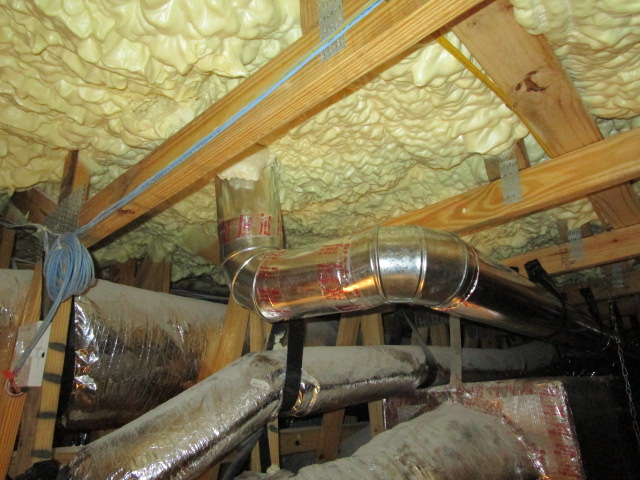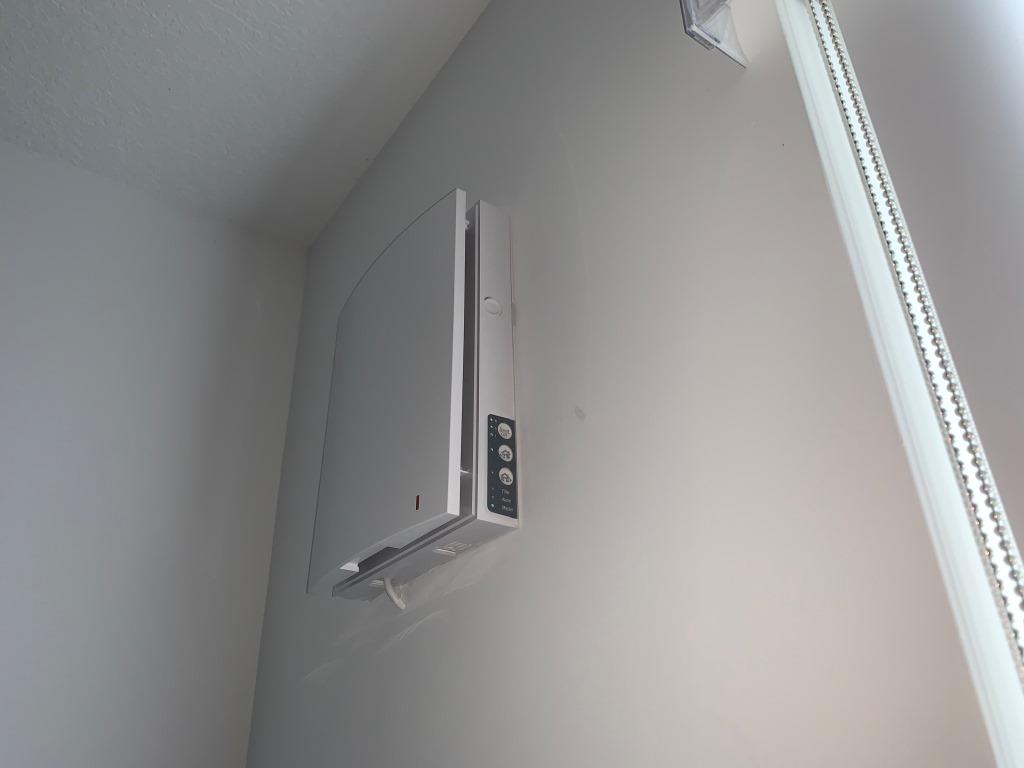
Radon Mitigation

Radon Mitigation

Radon Mitigation

Radon Mitigation

Radon is a colorless, odorless, radioactive gas formed in the ground from the decay of uranium. Since there are trace amounts of uranium in all soil, radon is found all over the planet. Most of the gas stays underground, but a small percentage migrates to the surface. Most of the radon is diluted in the atmosphere to very low concentrations, but it can build up to high concentrations in some buildings.
The amount of radon reaching a house (or school or office building) depends upon the amount of uranium in the ground and on how easily the gas can travel through the soil. Once at the foundation of a building, the gas can be drawn inside by small pressure differences, as there are always cracks and penetrations in a structure. Buildings are all unique and each one sits on its own piece of ground. The only way to know what radon levels are inside a building is to measure them. Two structures side-by-side can have totally different radon levels.
A high concentration of radon over time can influence your lung DNA leading to lung cancer. Radon gas is just about everywhere; currently we are more exposed to radon concentration than ever before. This is mainly due to current construction methods. Airtight buildings, contaminated materials, natural materials such as stone (granite, gravel to name a few) and even ground water. The Environmental Protection Agency (EPA) in conjunction with other entities have designed different programs to train contractors and/or radon specialists to reduce the radon levels inside living spaces. Radon mitigators must be certified and/or approved by National programs or States to perform any radon related activity when necessary.
There are some certain ways to deal with high levels of radon: Active Soil Depressurization (ASD) in order to reduce the radon levels as low as reasonable possible are SSD, BWD, DTD, SMD. These systems will always be in contact with the ground creating a negative pressure. Power mechanical ventilation or passive is another approach that might be used when dealing with radon levels from diffusion or emanation from building materials. Our company holds a radon mitigation specialist license and we’re one of the few companies actively performing these types of services statewide. Radon reduction has become a significant service provided to prospective clients.